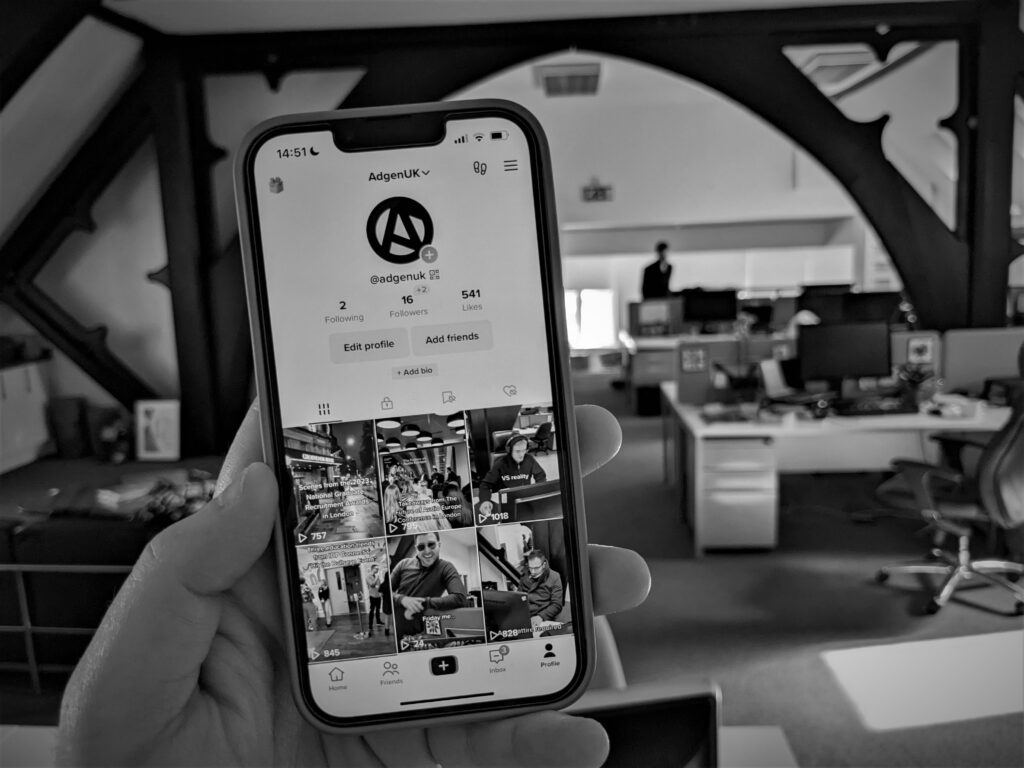TikTok is placing big bets on long-form content.
The platform has thrived on short clips since its launch in 2016, however newly announced changes to its creator programme reveal a major shift in strategy.
On December 16th, TikTok phased out the original Creator Fund initiative, replacing it with the new launched “Creativity Program.” Despite its similar title, the Creativity Program significantly changes how creators monitise content on TikTok. To receive funding from the app, digital creators must now publish videos longer than 1 minute in length or longer. Cue the reign of long-form TikToks.
It’s an interesting move for a platform synonymous with quick hits. One that has the potential to disrupt TikTok’s position as an already dominant market force. Why throw a wrench into an already successful operation? Let’s work it out.
Long-form TikToks Aren’t New
Longer formats are nothing new to TikTok. Over the last few years TikTok has introduced minute-long clips, followed by an expansions to three, five, and finally ten minute videos. Even now TikTok is confirmed to be testing fifteen-minute long uploads with a small base of users. Still the key to TikTok’s success has always been short, digestible bits of content. It’s those quick dopamine hits that keep users swiping forward to the next video. There has to be bigger incentive to force creators to develop longer content.
Why the Push for Long-form TikToks
There’s a couple reasons why TikTok might be shifting into long-form content. First and most obvious is the digital arms race, spurred on by the app’s early success. Both Instagram and YouTube introduced their own version of short-form content with Reels and Shorts. Based off reports, both appear to be luring audiences away from TikTok in some capacity. The biggest asset a platform has is its audience, so it makes sense for the platform to fight back. The longform push could be seen as an expansion into different audiences using more in-depth storytelling techniques.
The biggest factor however, is advertising revenue. Longer videos offer the ability to insert additional ad breaks, including pre-rolls and mid-rolls. More ad breaks attract more advertisers, generating additional revenue, which can be used to lure even more talent away from competitors. It’s a win-win for advertisers and the platform.
It’s also a critical move for the app moving forward. TikTok’s predecessor Vine failed because of a struggle to effectively monitise its content. That’s a mistake TikTok’s executives will be cautious to avoid for the foreseeable future.

Potential to Lose It’s Spark
The push for long-form video also has the potential to backfire. Like any successful product, there’s great risk in altering a USP. TikTok’s fast ascension came from two factors; a fine-tuned algorithm and a void in short-form content left by Vine. This emphasis on short-form is what made it unique verse other, more established alternatives. By shifting priorities, TikTok jeopardises its position in the market. If TikTok is just producing the same content as Youtube, why use TikTok at all?
Not What Creators Or Users Want
Historically these moves do not go down well with the public, who reject all-encompassing social platforms. It’s much preferred for each platform to stay within their lane. Snapchat is to connect with friends, while TikTok is entertainment from strangers. Instagram is for photos of celebrities and acquaintances, while Reddit is for group forums.
We’re already started to see some outcry, specifically from content creators on TikTok. While some have welcomed the potential for greater earnings, many are forced to alter the content that contributed to their popularity. For example, stand-up performers will need to extend their sets or risk disruption to comedic timing. Visual artists will lose the shock factor of a quick transformation. Musicians suffer as their catchy song hooks inevitably bleed into less earworm-heavy moments.
What’s at stake is creativity itself. When content is determined by length rather than concept, the art always suffers. What we get back is just filler.
Recent history has shown similar outcry from audiences themselves. You might recall the initial reaction when Instagram announced a renewed focus on video formats verse the polished photos it’s been known for. The condemnation came from all sources, including content creators and highly followed celebrities such as the Kardashians. Audiences don’t tend to like change and aren’t shy about communicating it.
Doubling Down
In the end TikTok is doubling down on this move. Regardless of outcry, executives see the potential revenue ahead. They’re counting on audiences jumping aboard.
Statistics are on their side. According to The Information, “Users are now spending half their time on the app watching content that’s longer than a minute. And over the past six months, creators who post videos longer than a minute have five times the growth rate in followers of those who post only short videos.” Psychology also backs their intent. Modern behavioural understanding suggests that the longer the content a user is about to view, the longer the ads they will tolerate.
Armed with this viewership knowledge, and the potential revenue available, it’s full steam ahead for long-form TikToks. What remains to be seen is how much it will pay off.